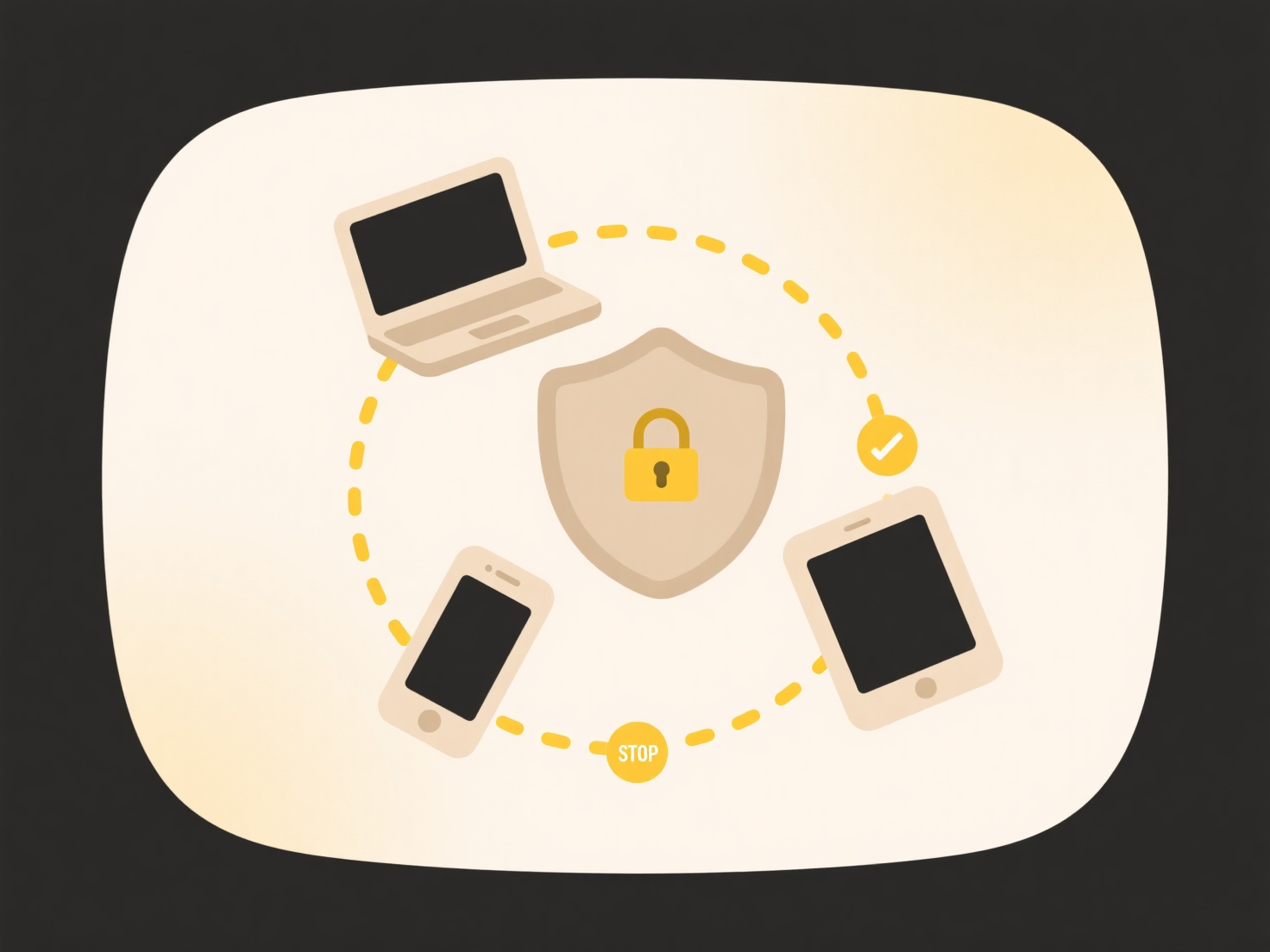
Files copied from external devices, such as USB drives or portable hard disks, refer to digital data transferred onto your computer's internal storage. Unlike accessing files directly from the external device, copying places a duplicate on your local system. The key step involves scanning these files after transfer but before opening or executing them, as the act of copying itself doesn't inherently compromise security; the risk lies in files potentially containing malware that activates when accessed.

In practice, immediately scan transferred files using reliable antivirus/antimalware software like Windows Defender, Avast, or Malwarebytes before interacting with them. Businesses often automate this through corporate security policies that force scans upon detection of new files on endpoints. Individuals uploading files to cloud storage platforms like Google Drive or Dropbox can similarly leverage built-in malware scanning features offered by those services.
The main advantage is preventing malware infection introduced via untrusted sources. However, scans are not 100% foolproof against zero-day threats. Ethically, this practice helps contain threats potentially introduced by shared devices. Future improvements focus on automated, real-time behavioral analysis beyond signature-based detection. Consistent scanning fosters safer file-sharing habits and reduces reliance on trusting the source device's security.
How do I handle files copied from external devices?
Files copied from external devices, such as USB drives or portable hard disks, refer to digital data transferred onto your computer's internal storage. Unlike accessing files directly from the external device, copying places a duplicate on your local system. The key step involves scanning these files after transfer but before opening or executing them, as the act of copying itself doesn't inherently compromise security; the risk lies in files potentially containing malware that activates when accessed.

In practice, immediately scan transferred files using reliable antivirus/antimalware software like Windows Defender, Avast, or Malwarebytes before interacting with them. Businesses often automate this through corporate security policies that force scans upon detection of new files on endpoints. Individuals uploading files to cloud storage platforms like Google Drive or Dropbox can similarly leverage built-in malware scanning features offered by those services.
The main advantage is preventing malware infection introduced via untrusted sources. However, scans are not 100% foolproof against zero-day threats. Ethically, this practice helps contain threats potentially introduced by shared devices. Future improvements focus on automated, real-time behavioral analysis beyond signature-based detection. Consistent scanning fosters safer file-sharing habits and reduces reliance on trusting the source device's security.
Quick Article Links
Why does the file keep asking to update format or content?
Files frequently prompt for updates when transitioning between applications or versions due to inherent compatibility di...
Why do files take so long to open?
Files take time to open due to several factors involving hardware, software, and the file's nature. First, the file must...
How do I convert a .zip to an .iso file?
Converting a .zip file to a .iso file isn't a direct conversion because they serve different purposes. A .zip file is an...